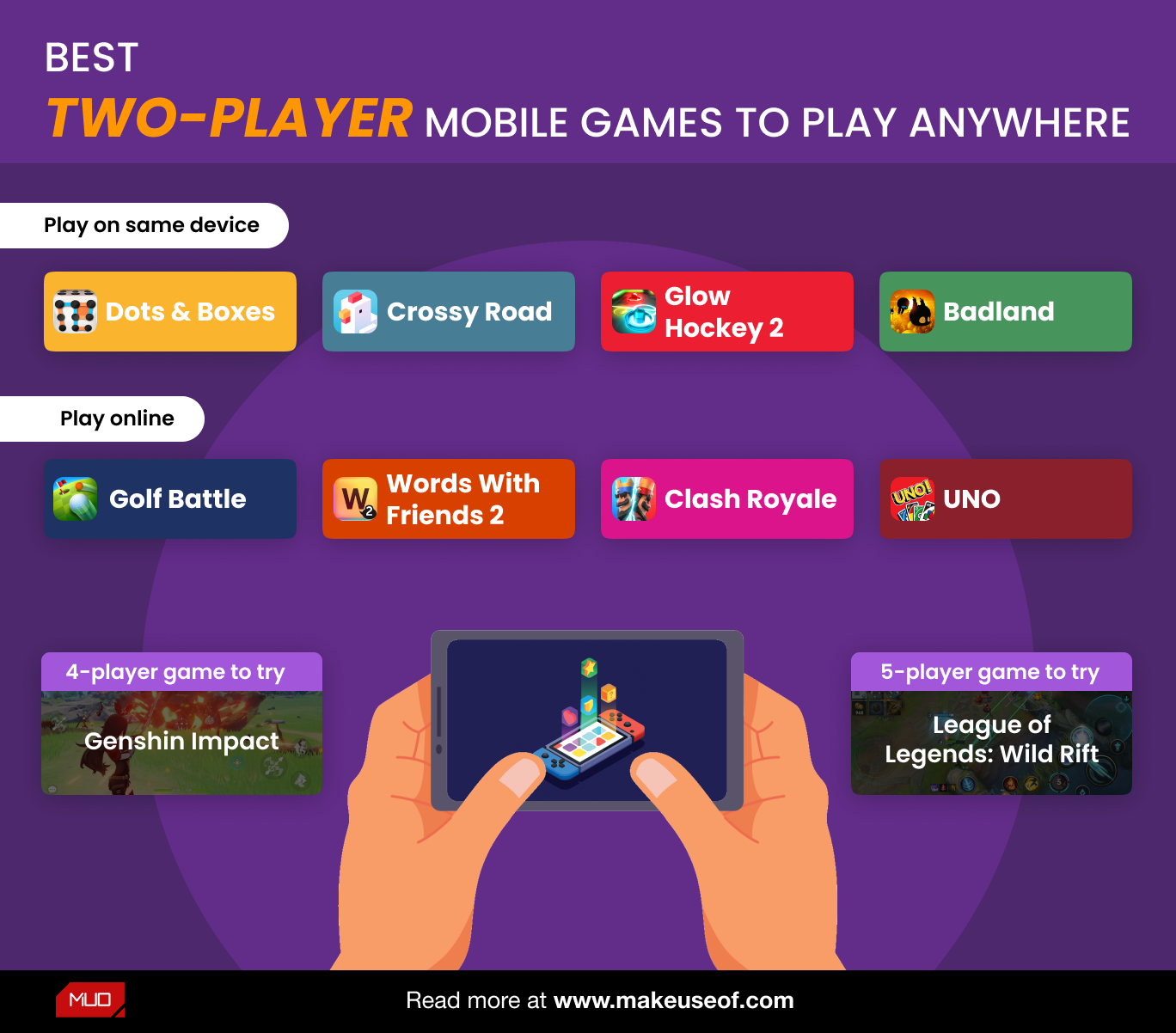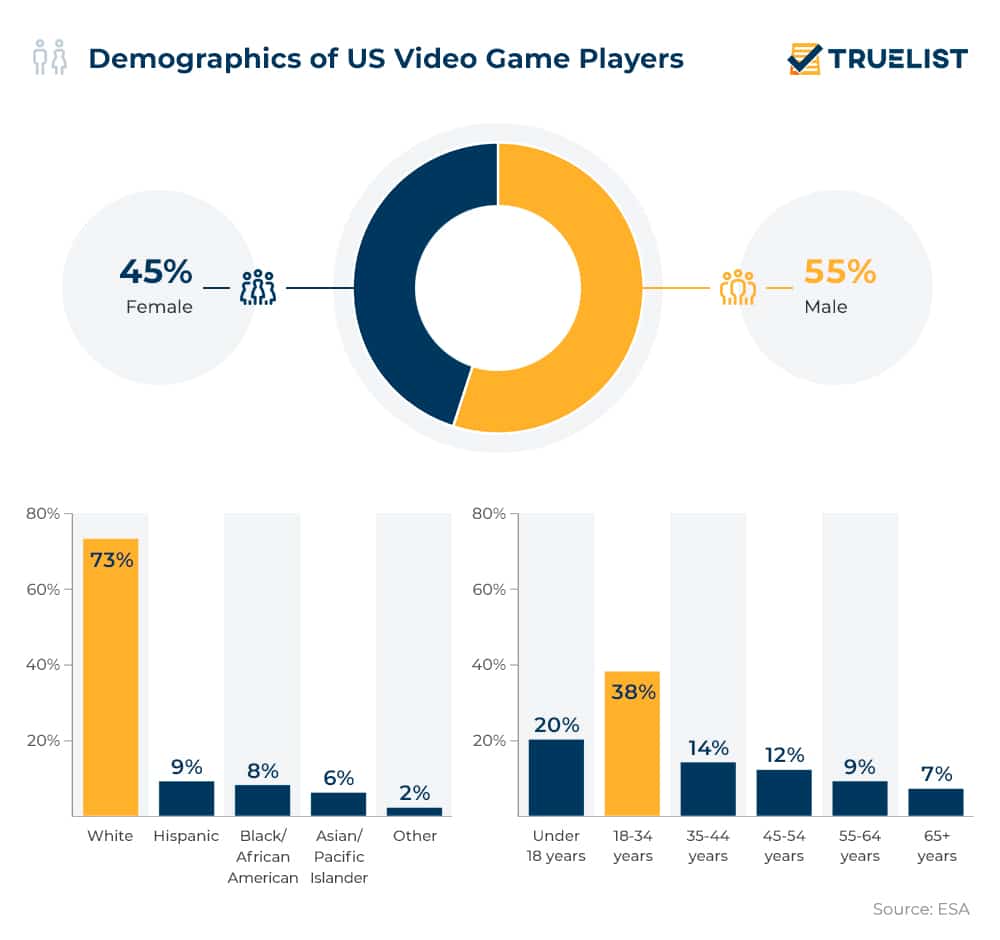The Evolution of Interactive Entertainment: Two-Player Games in the Digital Age of 2025
Related Articles: The Evolution of Interactive Entertainment: Two-Player Games in the Digital Age of 2025
Introduction
With great pleasure, we will explore the intriguing topic related to The Evolution of Interactive Entertainment: Two-Player Games in the Digital Age of 2025. Let’s weave interesting information and offer fresh perspectives to the readers.
Table of Content
The Evolution of Interactive Entertainment: Two-Player Games in the Digital Age of 2025

The year 2025 marks a significant milestone in the evolution of interactive entertainment. The digital landscape has undergone a profound transformation, with the rise of immersive technologies, advanced artificial intelligence, and a growing emphasis on social interaction. This convergence has profoundly impacted the realm of two-player games, leading to a dynamic and ever-evolving landscape.
The Rise of Immersive Technologies:
Virtual reality (VR) and augmented reality (AR) have emerged as transformative forces, revolutionizing how individuals experience and engage with digital content. In the context of two-player games, these technologies provide unprecedented opportunities for shared experiences. VR games, for instance, allow players to inhabit virtual worlds together, creating a sense of presence and fostering deeper connections. AR games, on the other hand, blend the physical and digital realms, enabling players to interact with virtual elements in their real-world environments, blurring the lines between reality and the digital domain.
The Power of Artificial Intelligence:
Artificial intelligence (AI) has become an integral component of modern gaming, enhancing gameplay mechanics, generating realistic environments, and creating intelligent opponents. In two-player games, AI plays a crucial role in providing challenging and engaging experiences, adapting to player strategies and learning from their actions. AI-powered game assistants can also provide personalized recommendations, enhancing the overall gameplay experience.
The Social Dimension of Gaming:
The digital age has fostered a sense of community among gamers, with online platforms facilitating social interaction and fostering connections. Two-player games have capitalized on this trend, offering seamless integration with social media platforms, allowing players to connect with friends, challenge them to matches, and share their achievements. This social aspect of gaming enhances the overall experience, creating a sense of belonging and shared enjoyment.
Beyond Traditional Genres:
Two-player games have transcended traditional genres, encompassing a wide range of experiences. From competitive esports titles to cooperative puzzle games, the spectrum of available options caters to diverse preferences and playstyles. The rise of indie developers has also contributed to this diversity, offering innovative and unique gameplay experiences.
The Future of Two-Player Games:
The future of two-player games holds immense potential. As technology continues to advance, we can expect to see even more immersive and engaging experiences. The integration of cloud gaming platforms will further democratize access to high-quality games, allowing players to enjoy them on a wide range of devices. The growing popularity of mobile gaming will also contribute to the expansion of the two-player game market, making it accessible to a wider audience.
FAQs
Q: What are the benefits of playing two-player games?
A: Two-player games offer numerous benefits, including:
- Enhanced Social Interaction: They provide opportunities for bonding with friends and family, fostering communication and collaboration.
- Improved Cognitive Skills: They challenge players to think strategically, solve problems, and adapt to changing circumstances, sharpening cognitive abilities.
- Stress Relief: They provide an outlet for healthy competition and relaxation, offering a break from daily routines.
- Enhanced Communication: They encourage players to communicate effectively, fostering teamwork and understanding.
Q: What are some popular two-player games in 2025?
A: The landscape of two-player games is constantly evolving, but some popular titles include:
- Virtual Reality Sports Games: Immersive experiences that allow players to compete in virtual sports, such as tennis, boxing, or basketball.
- Cooperative Puzzle Games: Games that require players to work together to solve puzzles and overcome challenges, fostering collaboration and problem-solving skills.
- Competitive Strategy Games: Games that pit players against each other in strategic battles, requiring tactical thinking and resource management.
- Asymmetrical Multiplayer Games: Games that feature distinct roles and abilities for each player, offering a unique and challenging experience.
Q: How can I find two-player games to play with friends?
A: There are numerous ways to discover two-player games:
- Online Gaming Platforms: Platforms like Steam, Epic Games Store, and GOG offer a wide selection of two-player games.
- Mobile App Stores: App stores for iOS and Android devices host a vast library of two-player games.
- Social Media: Online communities and forums dedicated to gaming often share recommendations for two-player games.
- Gaming Websites and Blogs: Websites and blogs dedicated to gaming news and reviews provide insights into the latest two-player releases.
Tips for Playing Two-Player Games
- Choose Games That Match Your Playstyles: Select games that align with your interests and preferences, ensuring a more enjoyable experience.
- Communicate Effectively: Clear and concise communication is crucial for success in cooperative games, while respectful communication is essential for maintaining a positive gaming environment.
- Take Breaks and Have Fun: Avoid playing for extended periods, ensuring a healthy balance between gaming and other activities. Remember that the primary goal is to enjoy the experience and have fun.
Conclusion
Two-player games have evolved into a dynamic and engaging form of entertainment, offering a wide range of experiences that cater to diverse preferences. The integration of immersive technologies, advanced artificial intelligence, and social interaction has further enhanced the experience, creating a vibrant and constantly evolving landscape. As technology continues to advance, we can expect to see even more innovative and immersive two-player games, pushing the boundaries of interactive entertainment and fostering a sense of community among players.








Closure
Thus, we hope this article has provided valuable insights into The Evolution of Interactive Entertainment: Two-Player Games in the Digital Age of 2025. We thank you for taking the time to read this article. See you in our next article!